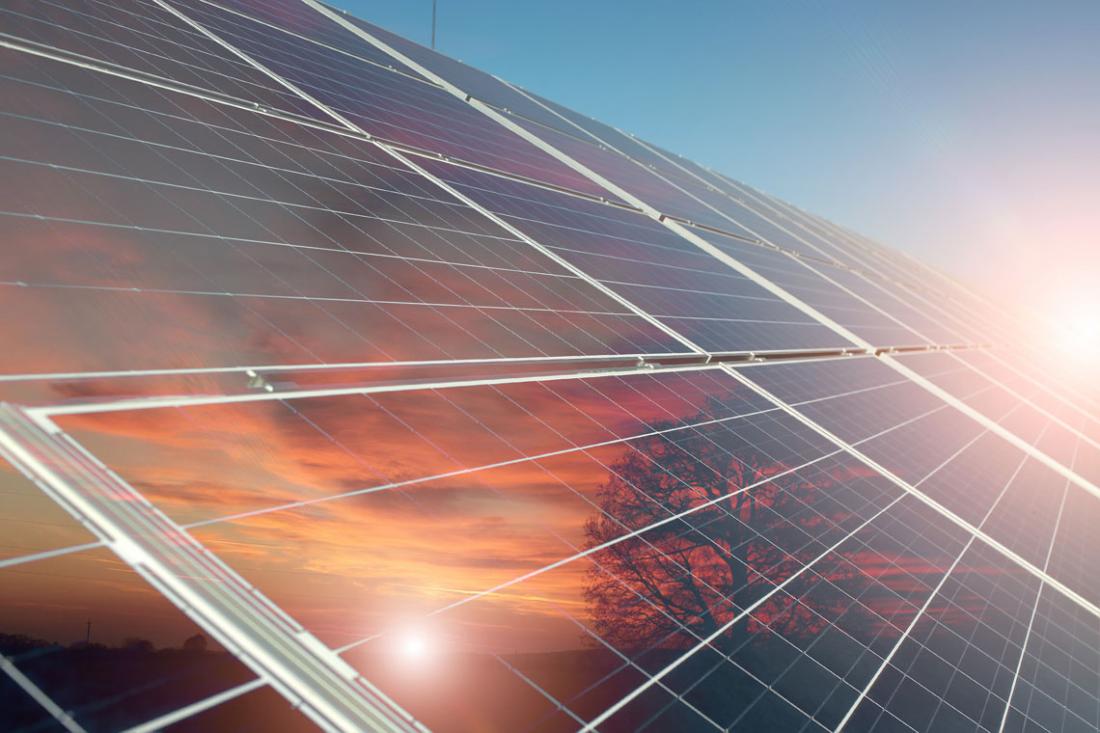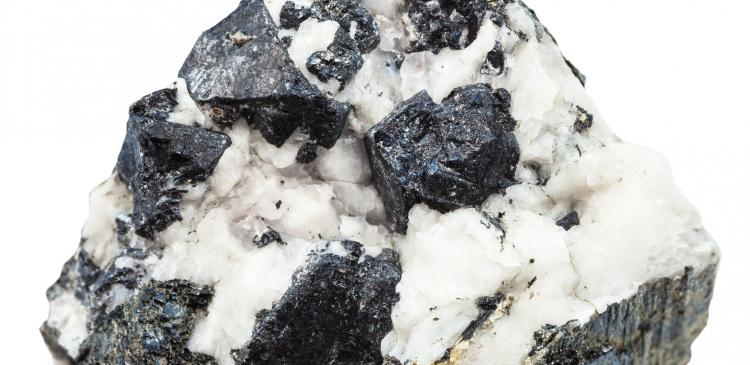"The key to manufacturing high-performance solar cells is to reduce defects in materials", the researcher says.
Researchers from the Ulsan National Institute of Science and Technology (UNIST) in South Korea and collaborators minimized a defect that arises in the energy-harvesting layer of perovskite solar cells (PSCs) during fabrication. This improved the ability of small solar cells to convert sunlight to energy from an efficiency of 20.1%, the previous high for these cells, to an efficiency of 22.1%. Conversion efficiency in one-square-centimetre cells also improved to a record 19.7%. The results were certified by the US National Renewable Energy Laboratory and published in the journal Science.
“The key to manufacturing high-performance solar cells is to reduce defects in materials that generate energy loss when converting sunlight to electricity,” says Sang-Il Seok of UNIST’s Energy and Chemical Engineering Department. “Our study presents a new method that suppresses the formation of deep-level defects, thereby setting a new record efficiency for PSCs.”
Perovskite is a class of materials with a unique crystal structure. PSCs include a perovskite-structured compound as the active light-harvesting layer. They are a promising alternative to conventional silicon-based solar cells. While silicon can achieve over 25% efficiency in the lab, it is an expensive material and requires costly processing methods. In contrast, PSCs use much cheaper organic and inorganic materials, and are more cost-efficient to manufacture.
While PSCs are showing high energy conversion rates, defects in the perovskite layer can reduce a cell’s performance by decreasing the open-circuit voltage and short-circuit current density. To address these defects, Seok teamed up with Jun Hong Noh of the Korea Research Institute of Chemical Technology and Eun Kyu Kim of Hanyang University. They found that carefully controlling growth conditions of the perovskite layer reduced defects known as ‘deficient halide anions’, which are negatively charged ions. To reduce the concentration of deficient anions, the group introduced additional iodide ions into the solution used to form the perovskite layer.
The researchers anticipate that these findings will help accelerate the commercialization of low-cost, high-performance perovskite solar cells.
Further information
Professor Sang-Il Seok | E-mail: [email protected]
Energy and Chemical Engineering Department
Ulsan National Institute of Science and Technology
-----------------------------------------------------------
Asia Research News is our annual magazine to highlight exciting research studies from our partners. 25,000 copies are printed and distributed to key figures in research. Download a PDF copy from the link below or contact us if you would like print copies.




